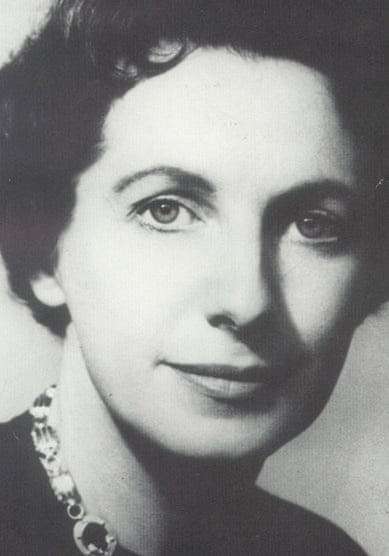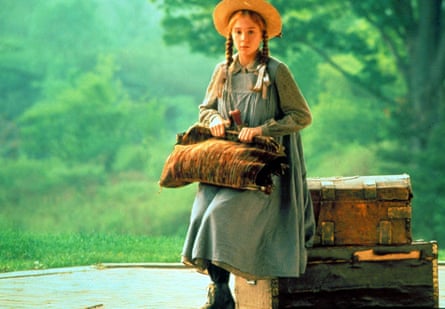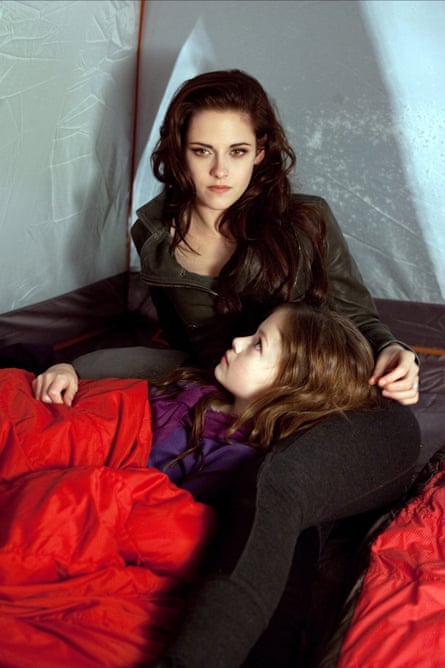Whenever I get hold of a book about children’s literature the first thing I do is subject it to the Antonia Forest test. Is my favourite author – the most brilliant, subtle, intelligent and unjustly neglected writer of books it would be (mostly) accurate but unbearably reductive to call school stories for girls – in there? If she is, I can continue with a happy heart and a mind charitably disposed towards the editor of whatever volume it is I hold in my hands, secure in the knowledge that he or she has at least a modicum of expertise and is capable of sound artistic and moral judgment.
Which is to say, the task of the producer of any guide that seeks to discuss children’s books or the history of children’s literature is a fraught one. Perhaps more than any others, his or her readers are less seekers of pure knowledge than they are heaving, maddening masses of irrationality and prejudice, consumed by passionate loves and hatreds first forged in the white heat of the uninformed childish breast, unchanged and unchangeable ever since. Even the most ardent adult devotee of Richard III or foe of Thomas Cromwell can come to seem sane, armed as they are with facts, the perspective of years and a mature sensibility, next to a rabid Anne of Green Gables fan. The latter call themselves Fannes, for a start.

So all hail the simple courage of Daniel Hahn for taking on the job of updating the magnum opus of the husband and wife team Humphrey Carpenter and Mari Prichard, The Oxford Companion to Children’s Literature. It was first published in 1984 (covering material up to the year 1982), though the idea had originated 25 years before with the renowned experts in and compilers of children’s lore, language and literature Iona and Peter Opie. But academic study and public appreciation of or commercial interest in children’s books had not yet come of age, and the timing for such a project was not right. By the early 80s, things had changed and children’s books were beginning to be taken seriously by academics, publishers and customers, but the Opies were even further immersed in their life’s folkloric work, and it was to the writer and broadcaster Carpenter and Prichard that – “with the Opies’ most generous blessing”, Hahn notes in his foreword – the baton passed.
In the last 30 years – during which The Companion became the major source of guidance and information for anyone with a personal or professional interest in the subject – the world of children’s literature has changed again. Hahn has introduced more than 900 new entries covering modern phenomena such as crossover books, graphic novels, YA literature and books in translation (a growth area about which Hahn, as the former chair of the Translators Association and national programme director of the British Centre for Literary Translation, is particularly knowledgeable), as well, of course, as individual books and writers who have emerged since the mid 80s. He has wrestled with his conscience (to paraphrase slightly from the preface) and included such items as Stephenie Meyer’s infamously awful but undeniably influential and significant Twilight series, as well as all the writers we are, occasional supercontrarians apart, glad exist: JK Rowling is there (the Harry Potter series has the longest entry in the book – Hogwarts, quidditch, Muggles and the Dursleys each get their own), as are the multitudinous talents of Neil Gaiman, Meg Rosoff, Patrick Ness, Philip Pullman, the late, great Mal Peet, Charlie Higson, Anthony Horowitz, Eoin Colfer and so on and gloriously on. All are joyfully appraised and neatly delineated, along with those works of writers for younger age groups such as Jacqueline Wilson, Jeremy Strong and Francesca Simon, and writer-illustrators such as Anthony Browne, Lauren Child, Oliver Jeffers and Emily Gravett. Tony Ross, in case you were wondering, has gone from a two-line, two-book mention in 1984 to a full column covering at a clip a representative sample of the 800 books he has created since then. No, I don’t know what I’ve been doing with my time either.

Somehow Hahn has also managed to retain most of the original entries, resisting the temptation to let the new sweep them away. The originals have been judiciously edited for length (Harry Graham only has a quote from one of his Ruthless Rhymes now – Billy, in one of his brand new sashes, has had his ashes thrown out). They have occasionally been edited, too, to chime with modern sensibilities: Astrid Lindgren, Mary Norton and other female writers, for example, have had their essentially irrelevant marital and childbearing histories streamlined, and the entry for Gulliver’s Travels has had its reference to the Irish bishop who “hardly believed a word” of Jonathan Swift’s tale removed.

Hahn has said that he has also tried to retain (Irish bishopric jokes apart) as much of the original’s penchant for personal expression and editorialising as possible, feeling the need for reference books to have “a voice” to be not just fun but vital in an age in which oceans of unfiltered data are only ever a click away. Despite this, there seems to be less brio in the newer parts than in the old – even with Twilight Hahn only permits himself to note that “the series’s large and enthusiastic fan base comes despite, rather than because of, its prose style, which is unremarkable at best. However, sales of over 100m copies to date suggest that Meyer’s readers are untroubled by this.”
The main loss – a minor quibble about an essentially superb offering – is the excising of the 1984 edition’s broad summaries of the two main contributors to the development of children’s literature under the entries headed simply “Great Britain” and “United States of America”. They seemed to me to provide the framework into which the novice reader can fit the rest of the book. With those entries, the (official or unofficial) student of children’s literature armed with just The Companion could swiftly get a full-blooded and satisfying picture of how we got from our horn-booked and be-primered there to first, second and third golden age here. Without them, the book does not quite offer the same possibility.
But it does contain six lines on my beloved Forest and her novels “distinguished by relatively naturalistic and witty narrative and dialogue”. And it remains an indispensable, comprehensive and readily comprehensible Companion for old hands and new, crafted with loving care. It is a distillation of knowledge of a depth and breadth that makes you boggle anew at what one book can do. Here’s to the next 30 years.

Comments (…)
Sign in or create your Guardian account to join the discussion